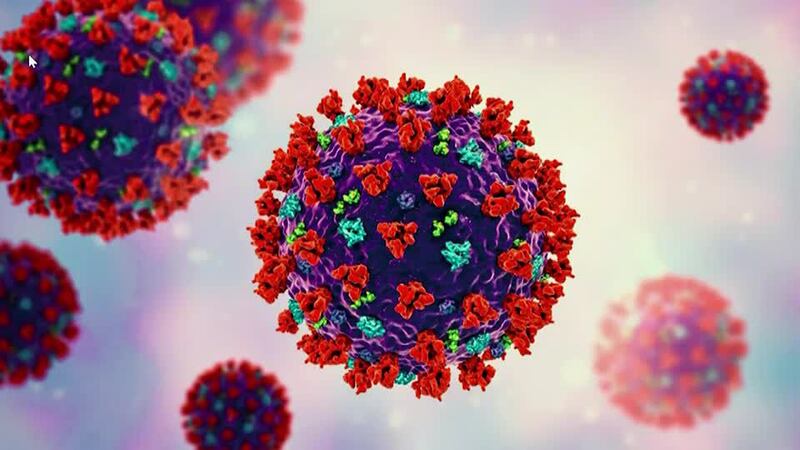ORLANDO, Fla. — Since the early days of the pandemic, much of the government’s messaging has become muddled as scientists learned more about COVID-19.
>>> STREAM CHANNEL 9 EYEWITNESS NEWS LIVE <<<
One of the casualties: six feet of separation keeps infections at bay, a clear set of guidelines that was beset by confusing changes to accommodate school re-openings.
READ: Can you reuse KN95, N95 masks? CDC says yes, but follow steps to sanitize them
However, a team of researchers in the University of Central Florida Mechanical and Aerospace Engineering Department has been quietly working to confirm a central question: how much separation is enough?
According to a new study from Associate Professor Kareem Ahmed and Assistant Professor @MikeKinzel2, face masks could cut the distance that airborne pathogens travel in half. #covid https://t.co/qxgaBiwQ7x
— UCF Mechanical and Aerospace Engineering (@UCFMAE) January 12, 2022
Airplanes to coughing may seem like a strange leap, but the team saw the connection immediately.
“The principles are the same, in the sense of we work on aerospace propulsion in general,” Dr. Kareem Ahmed said. “As I’m speaking right now, I’m emitting jets, in a sense.”
Ahmed’s team realized they could use their high-tech equipment to analyze air patterns when someone breathes, and began testing subjects speaking and coughing to see how far vapor droplets – and therefore viruses – could go, since the “six feet” rule dates back to the Spanish Flu and was created by the era’s rudimentary science.
READ: Nursing shortage limiting the number of COVID-19 vaccines the county can administer
They found that air exhaled by unmasked individuals can travel as far as a little over four feet when speaking or coughing, which Ahmed said fits the CDC’s longstanding recommendation when adding a little distance to spare.
However, for individuals wearing cloth masks, they found that particles only travel two feet, exemplified by the condensation created when people wear glasses when masked. Surgical masks often worn by doctors contain the air to six inches. N95 masks weren’t a part of the study’s results because the team’s instruments couldn’t detect any air movement at all.
“Three feet distance with a face mask is more effective than a six feet distance without a face mask,” Ahmed said, summarizing one of his key findings.
The other may be obvious based on his results: the stronger the mask, the better.
READ: 2 cruise lines cancel sailings from Port Canaveral
After two years of research, the team is not finished. The next step, he reported, was to analyze how humans can cut down on the amount of vapor they produce when they speak through things like their diet. That could help corral future surges of COVID or other viruses entirely.
Details of that research, though, are still secret.
Click here to download the free WFTV news and weather apps, click here to download the WFTV Now app for your smart TV and click here to stream Channel 9 Eyewitness News live.
©2022 Cox Media Group








